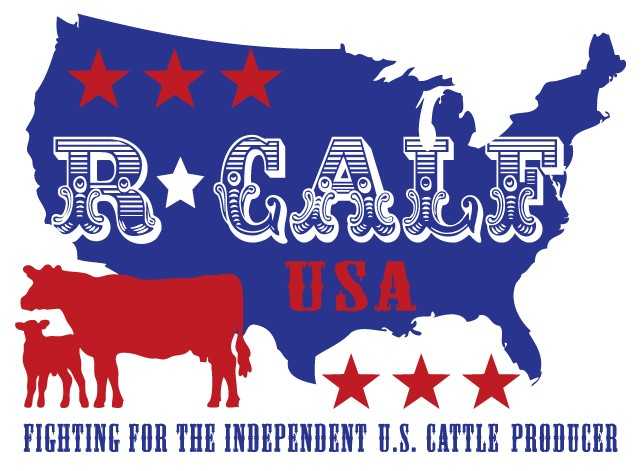![]()

Commentary by Bill Bullard, CEO, R-CALF USA
Avian influenza, or bird flu, has been around for a long time. The Centers for Disease Control states it was originally diagnosed in Italy in 1878, which was just over a decade after the end of the Civil War.
There are two major classifications of bird flu: low pathogenic avian influenza and highly pathogenic avian influenza. The difference between them is based on the severity of the disease in poultry.
But we’ll focus only on the highly pathogenic avian influenza (HPAI), which is the disease category in the news today.
In 2014, the U.S. reported HPAI in wild birds in several states and the next year it was reported in commercial poultry flocks in the U.S. and Canada.
This year, HPAI was reported for the first time in goat kids on a farm where a poultry flock was known to be infected, and now it’s being reported in some dairy cow herds in six states.
This month, a person in Texas tested positive for HPAI and this would be the first reported cow-to-human spread of the disease. This person reportedly had exposure to infected dairy cows and reported eye redness, or conjunctivitis (also known as pink eye), as their only symptom and is recovering.
The Department of Agriculture states that, “While cases among humans in direct contact with infected animals are possible, this indicates that the current risk to the public remains low.” And it states that “[t]here continues to be no concern that this circumstance poses a risk to consumer health, or that it affects the safety of the commercial milk supply because products are pasteurized before entering the market.”
This week, the American Association of Bovine Practitioners stated that the HPAI “disease syndrome in cattle does not cause high morbidity or mortality as it does in birds.” In dairy cattle, the symptoms include loss of appetite and reduced milk production. So, to make it clear to the public that the disease responds differently in cattle, the veterinary association will begin referring to this disease as Bovine Influenza A Virus (BIAV).
What we know is that HPAI has evolved. It’s moved to different species, and it’s showing different symptoms in different animals. The dairy cattle form of the disease has not been reported in beef cattle, and yet the beef cattle market has panicked, and American cattle ranchers are experiencing reduced prices for their cattle. So why is the beef cattle market overreacting?
The answer is because it can. The cattle market is so highly concentrated and so void of meaningful competition that any hiccup, whether true or fabricated, can send prices tumbling…and it has.
Now this unjustified market panic should cause us to look at something else that we’ve been warning America about for decades. And that is that the concentration, centralization, and industrialization of our meat production system is inherently unsustainable and is putting our nation’s food security at risk.
A little over a generation ago, there were 185,000 dairy farms with more than 10 head of dairy cows located all across the U.S. and they milked more than 10.6 million cows. This means their average herd size was under 58 cows per farm. Because they were smaller, family-sized operations and because they were more numerous and spread out over a huge geographic area, they were inherently less vulnerable to any localized disease outbreak, and the U.S. milk supply was inherently secure.
But today, after wiping out nearly 90% of our dairy farms, there are only about 23,000 dairy farms left in the U.S. with a herd size of more than 10 dairy cows, and they milk about 9.3 million dairy cows. This means their average herd size is now over 400 cows per farm.
It’s clear that the concentration, centralization, and industrialization of our U.S. dairy industry puts our milk supply at greater risk as it’s now inherently more susceptible to a disease outbreak or any other unexpected shock.
And what about our chicken industry that had to euthanize over 50 million chickens due to HPAI since 2015, with as many as 5 million euthanized at a single industrialized mega farm?
Today there are only about 43,000 chicken farms in the U.S., and they raise 1.7 billion chickens for meat. This means the average flock size is now about 40,000 chickens per farm.
This is a case where the concentration, centralization, and industrialization of our poultry industry has left our nation with all its eggs in one basket – an inherently risky proposition.
But Congress is now working on the 2024 Farm Bill, which is an opportunity to begin disaggregating our meat production by substituting corporate command and control with competitive market forces.
Whether Congress has the will to provide opportunities for more family-scale farms and ranches is really up to you. You need to call them and tell them what it is you want.
